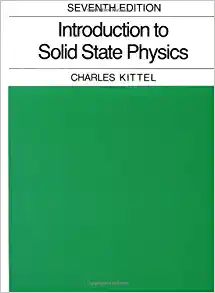Question
Lab 8: Speed of Waves Introduction Lots of things vibrate or oscillate around us. A vibrating tuning fork, a playground swing, and the loudspeaker in
Lab 8: Speed of Waves
Introduction
Lots of things vibrate or oscillate around us. A vibrating tuning fork, a playground swing, and the loudspeaker in a radio are all examples of physical vibrations. There are also electrical and acoustical vibrations, such as radio signals and the sounds we hear. Consider the periodic water wave inFigure 1. Its wavelength l is the distance from crest to crest or from trough to trough. The wavelength can also be thought of as the distance a wave has traveled after one complete cycle?or one period. The time for one complete up-and-down motion is the simple water wave's periodT. In the figure, the wave itself moves to the right with a wave velocityvw. Its amplitudeXis the distance between the resting position and the maximum displacement?either the crest or the trough?of the wave. It is important to note that this movement of the wave is actually thedisturbancemoving to the right, not the water itself; otherwise, the bird would move to the right. Instead, the seagull bobs up and down in place as waves pass underneath, traveling a total distance of 2Xin one cycle.



Step by Step Solution
There are 3 Steps involved in it
Step: 1

Get Instant Access to Expert-Tailored Solutions
See step-by-step solutions with expert insights and AI powered tools for academic success
Step: 2

Step: 3

Ace Your Homework with AI
Get the answers you need in no time with our AI-driven, step-by-step assistance
Get Started


